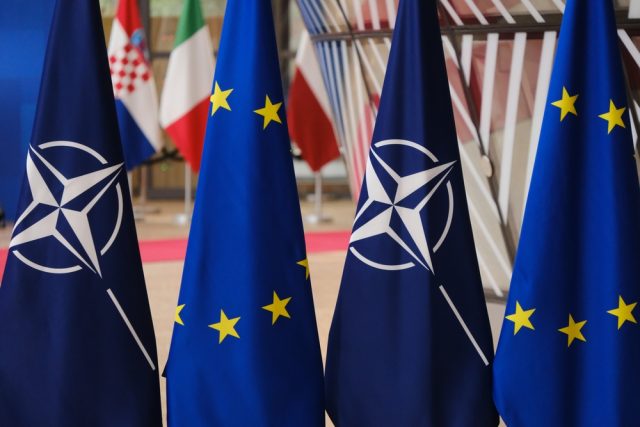
On 12 March, the European Parliament accepted the plan called ReArm Europe, launched and presented by European Commission President Ursula Von der Leyen on 4 March. The Euro Chamber’s green light came with 419 votes in favour, 204 against and 46 abstentions on a text that promises to become the cornerstone of future common European defence. In fact, it is not only a short and medium-term response to the international crisis generated by the conflict between Russia and Ukraine, but a strategy over the long term to make the European continent and the EU more autonomous on the defence front. A more independent defence capability made necessary precisely by the scenarios we mentioned. We are talking about investments (even significant ones) and greater industrial cooperation, to be flanked by an evolution in terms of standards and technology. What has been put on the table is a real paradigm shift, which President Von Der Leyen presented by making it clear that the EUR 800 billion that Brussels considers necessary will serve Europe to take charge of its own security.
THE PILLARS OF THE PLAN
An analysis of the text reveals five pillars underpinning the ReArm Europe plan. Firstly, budgetary flexibility (which is introduced by means of a derogation from the Stability Pact) to achieve investments of up to EUR 650 billion in total. Thus, in the plan’s aims, the Member States would have the economic capacity to significantly increase their defence capabilities in the short term. Then there are the funds (EUR 150 billion) of the SAFE (Security Action For Europe) programme: this is a fund that is exclusively earmarked for the joint procurement of armaments to modernise the armed forces. A new joint debt that the Commission will issue for projects shared by at least two governments. The third pillar on which ReArm Europe rests are the incentives for the defence industry in Europe, in the logic of limiting non-European dependencies as much as possible in this sensitive and strategic field. The fourth pillar is research, which, from this point of view, serves to make the projects deployed by the Member States increasingly technologically advanced. Lastly, the last pillar concerns long-term strategic investments that would have the objective of consolidating European defence (in a common key) to reduce dependence on NATO and the United States as much as possible.
THE POINT ABOUT FUNDS
It is clear that in this perspective one cannot fail to reckon with the historical reticence of some Member States to increase debt and joint investments. Indeed, the more frugal countries could show no little hostility in financing the remaining EUR 650 billion to reach the envisaged 800 billion (150 billion would come from the SAFE fund). At the same time, EU members with higher debts might want to avoid a greater burden on their domestic budgets, as well as having some qualms about increasing the defence burden. However, the internal debate within each state will be the key to understanding what the future of ReArm Europe and of a common European defence may be. In Emmanuel Macron’s France, people are looking at the possibility of increasing defence investment to over 3% of GDP. A manoeuvre that would cost around 30 billion per year, but with funding sources still unclear. So much so that oppositions and trade unions are on the warpath. In Italy, the debate is about whether or not to rearm Europe and increase spending. For his part, the Minister of the Economy Giancarlo Giorgetti presented a plan in Europe based on a 16 billion guarantee fund that would mobilise up to 200 billion in funds through private investment. This would improve the European technology and defence industry without having to cut back on essential services. Then there is the case of Germany, with future Chancellor Merz facing quite a few internal tensions: Grune, Die Linke and AfD must be convinced that the solution is to increase debt in order to finance the rearmament and the necessary infrastructure to respond to the international scenario and the probable disengagement of the United States. The European Parliament’s vote, therefore, opens up the internal debates within the Member States: the most difficult element to foresee in the slowly emerging picture of European defence.



 Subscribe
Subscribe